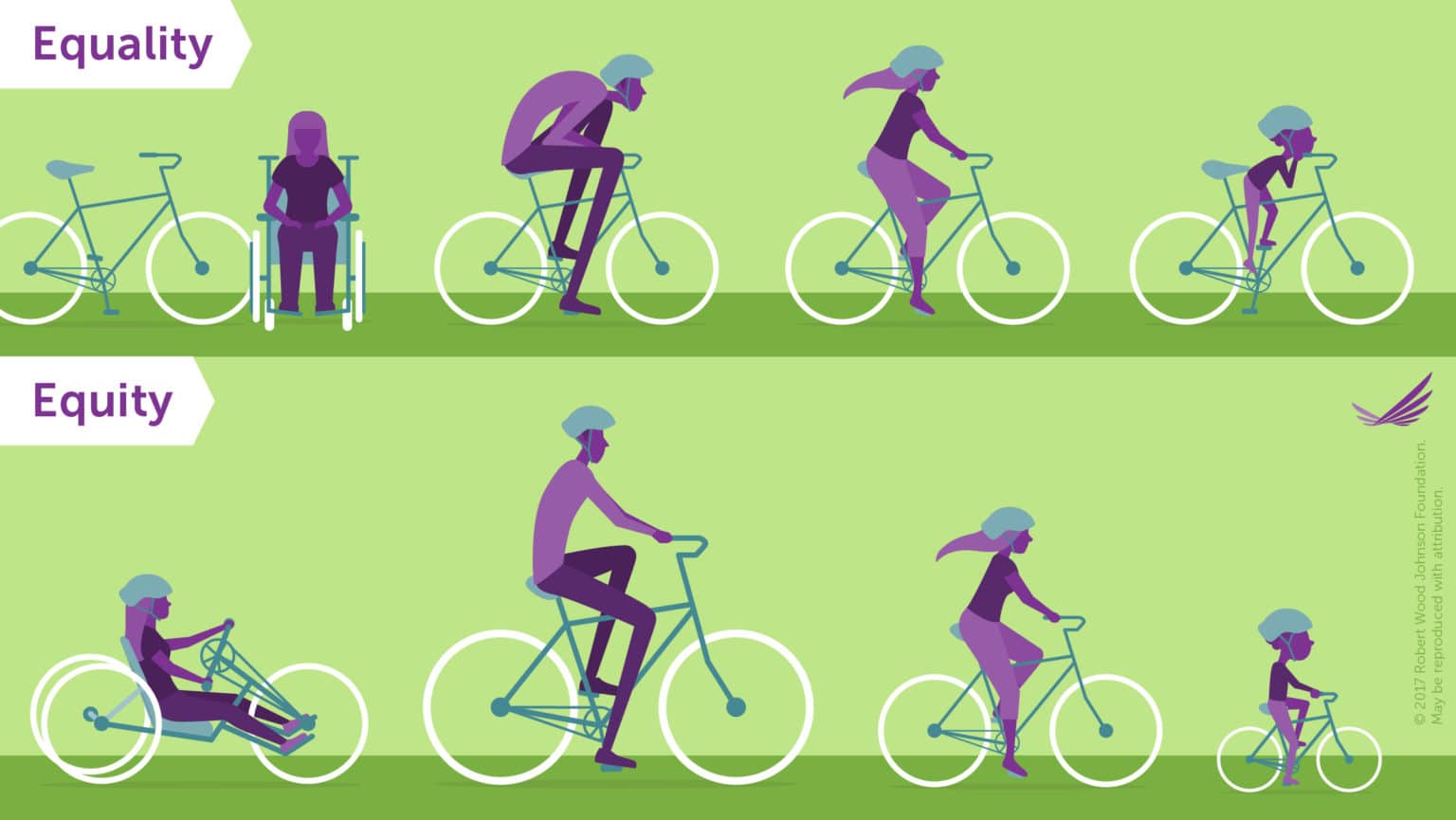For the purpose of this guide, social equity is defined as the absence of avoidable or remediable differences among groups of people, whether those groups are defined socially, economically, demographically, or geographically. (Wolch, Byrne, and Newel, 2014) Equitable processes call for acknowledging that individuals or groups may have unequal starting points and require different levels of support based on their specific needs to achieve fairness in outcomes. (CSSP, 2019) Equitable and just processes need to be applied in pursuing equality, which is the state of all groups being equal in rights, status, and advantages.

This guide focuses on various aspects of social inequity, including by not limited to those stemming from gender, class, caste, ethnicity/race/indigeneity, age, educational status, geographic location, migrant status, disability, or religion. We give special attention to gender inequality, given the pervasive nature of the issue across sectors and locations and within socioeconomic groups, and its tendency to be sidelined or ignored in the broader conversation on social equity.
Social equity issues vary depending on the social, economic, and political contexts of cities, and approaches to address these issues should be adapated by decision makers accordingly.